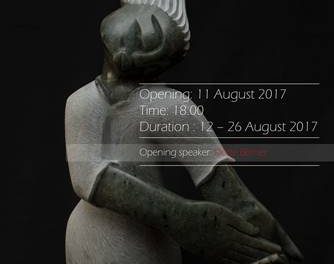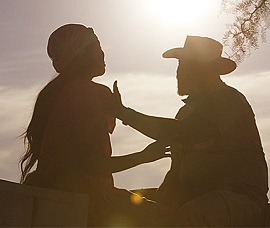
Film Review – THE RAVEN
This DVD review is sponsored by MR VIDEO, Puma Garage, Nelson Mandela Avenue, Klein Windhoek.
Director: James McTeigue
Screenplay: Hannah Shakespeare and Ben Livingston
Players: John Cusack; Luke Evans; Alice Eve; Brendan Gleeson; Sam Hazeldine
Genre: drama; thriller; detective
Rating ***
This is a dark film for several reasons: firstly, Cusack plays the part of the American novelist, Edgar Alan Poe who may be witty and talented but he is difficult to like; the setting is October 1849 and much of the action takes place at night or in severe settings; the characters are mostly dressed in unrelieved black, even at a sophisticated masked ball; and, finally, the various murders which take place are gruesome and ugly.
Knowledge of the work of Edgar Allen Poe is useful, if not essential. The script informatively enlightens the viewer as each murder mirrors one of the novelist’s stories. At the beginning of the action Poe is supine on a park bench, as a raven croaks ominously in the tree above and finally wheels in flight over his head. It transpires that a serial killer is murdering women and reproducing the stories of Edgar Allen Poe and so the novelist is co-opted to work with the police to try to track down the killer. A sub-plot deals with Poe’s dismal love life: it transpires that every woman he loves is killed. He is in love with the daughter of Captain Hamilton (Gleeson) who violently opposes the match on the grounds that Poe is ‘a raving alcoholic, opium addict, and a lunatic’.
Part of the grimness of the film evolves from a stiff screenplay as the characters use the convoluted English of the nineteenth century. Poe claims to Inspector Fields (Evans), the chief investigator, “We traded barbs, not weapons – as writers are wont to do.” Poe’s editor, Henry, describes Poe to Fields as follows:” I believe that God gave him a spark of genius and quenched it in misery”.
Cusack has proved often that his talents can carry a film single-handedly and this is true of his performance in this film. Alas, Poe is not particularly likeable: he is condescending and arrogant, a sponger, and desperate for money and alcohol. At one point he admits to his expulsion from West Point, the famous American military academy. Evans as Fields is a fairly colourless character, although both men play a central role in their efforts to find Emily Hamilton and to accost the serial killer. Emily Hamilton is played by Alice Eve, a beautiful blonde who does a valiant job of exuding sincere love for Poe and fearlessness in the face of incarceration and psychological torture. The film thus depends upon these characters as well as Poe’s editor, Henry, who is probably given the most scintillating dialogue of all of them.
There is some wonderful moody photography. At the beginning of the action, there is a close-up of ravens feeding upon fresh meat on rain-drenched cobblestones. They fly off croaking while a woman screams somewhere in the background. Aerial views of the masked ball are stylish, exhibiting both the splendour of rich costumes and the symmetry of the dancing. The Grim Reaper on horseback is poetically depicted in terms of power and the prediction of death. Emily incarcerated in a narrow coffin is photographed as a cross section, claustrophobically clawing at the roof of her living tomb.
The idea of The Raven was a clever one but something fails in the film’s execution. The basic weakness lies in the plotline: Poe may be useful in identifying his stories after each murder but his contribution to the solution is too little and too late. Fields, the inspector, is also fairly anaemic and lacklustre and for most of the storyline both characters lag behind events, and very little detective work is initiated.
The nineteenth century is a foreign environment to most of us today: it suggests an atmosphere of repression, gloom, poverty, and endurance. This claustrophobic atmosphere pervades the film and Emily Hamilton is the only character who ever rises to a smile.
The film comes full circle – with Poe on the park bench so that the audience understands that the story was, in essence, a flashback. The raven is commonly used as a symbol of death and makes several symbolic appearances during the course of the film, accompanied by spine-tingling squawking and croaking.













































